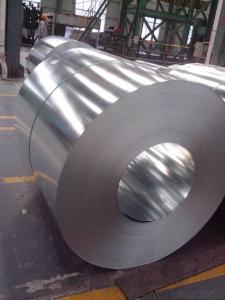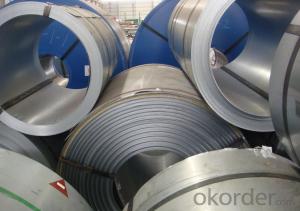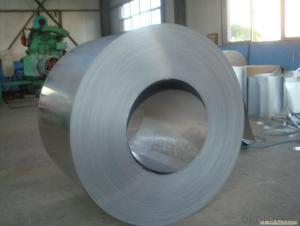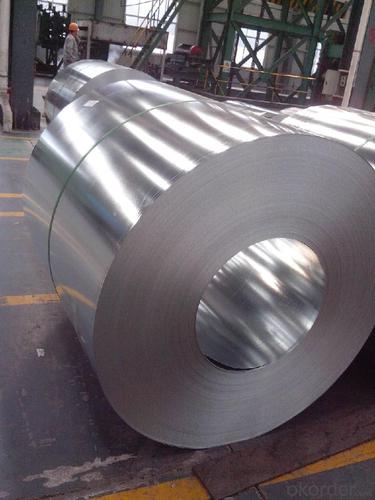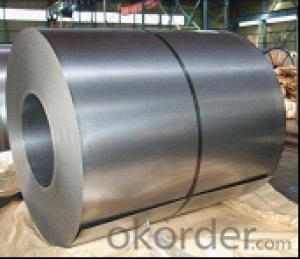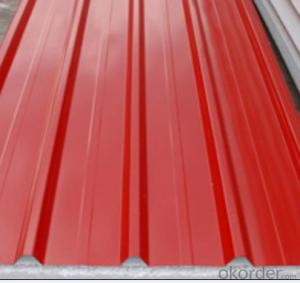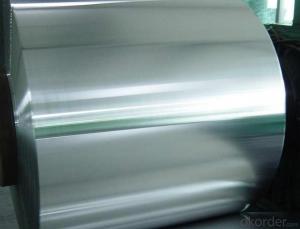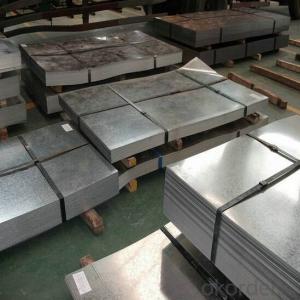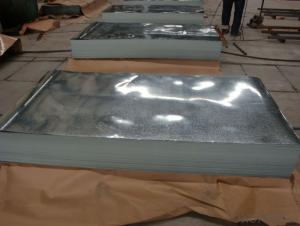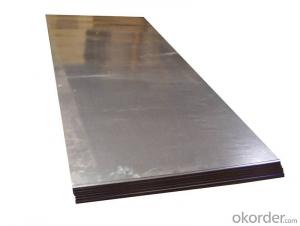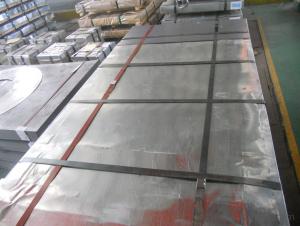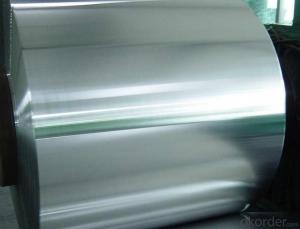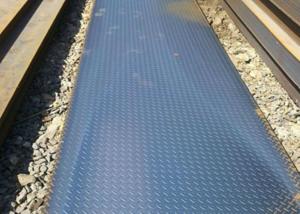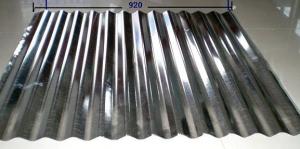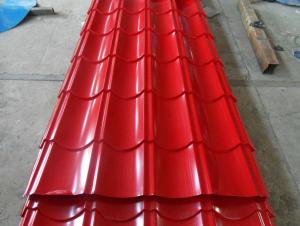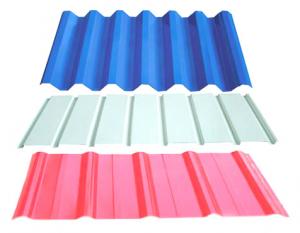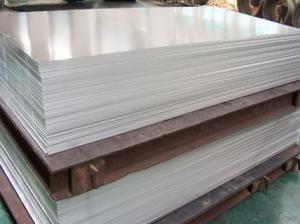Galvanized Sheet Metal Prices,Galvanized Iron Sheets Price
- Loading Port:
- Shanghai
- Payment Terms:
- TT OR LC
- Min Order Qty:
- 500 m.t.
- Supply Capability:
- 10000 m.t./month
OKorder Service Pledge
OKorder Financial Service
You Might Also Like
deformed steel bar grade 40
material: HRB400, BS4449 GR460B
size: 8-36mmx12m.
short delivery time by bulk or container
deformed steel bar grade 40
material: HRB400, BS4449 GR460B
size: 8-36mmx12m.
short delivery time with bulk or container
packing: Mill standard export packing in bundles/coil, around 2tons/bundle.
country of Origin: China
delivery Time: Within a 35 days
Shipment: by bulk vessel or by container
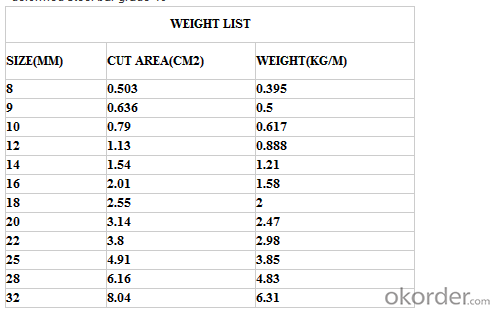
Leading goods:
section steel:angles,channels,I-beam,H-beam;
coils:cold/hot rolled coils,PPGI,galvanized coils,plate,checkered plate,cutting steel plate,steel strip;
wire rod:steel wire,deformed wire,bar;
pipe:seamless pipe,rectangular pipe,welded pipe,spiral welded pipe,pipe fittings;
stainless steel:steel sheets,stainless steel strips,stainless bar,stainless tube;
special:weathering steel,shipbuilding steel;
construction steel:C-channel,Z-channel,T-bar,high-speed divider plate,corrugated steel plate,steel grating.
Advantage:
We are the spot supplier, Six huge warehouses which can hold 20,000 MT goods.
It makes the cost lower than others,we can provide the competitive price for you.
Delivery time:
Normal sizes can be provided in 7days, the others should be ready in 30---45 days.
Further treatment:
We can offer cutting,painting,drilling holes,bending,threading, welding,galvanization,packing etc.
Security interest:
We have already passed the ISO9001, BV and SGS authentication which makes the quality secured.
If you have the interest in any of the products we can provided, pls don't hesitate to connect with me. Looking forward to cooperate with you.
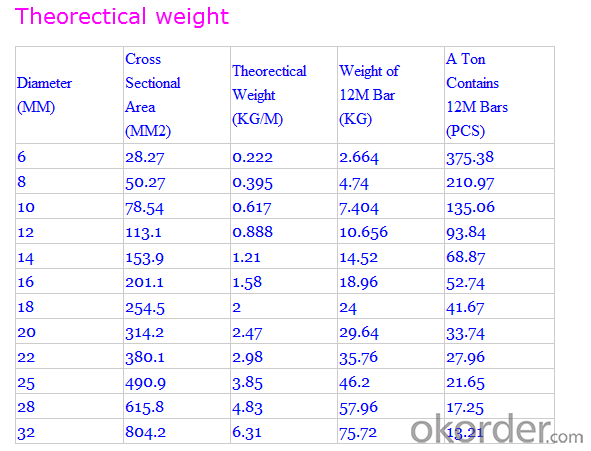
FAQ of Steel Deformed Bar
1. More than 10 years experience in this industry
2. 100,000 tons exporting per month
3. Professional foreign trade tea
4. OEM&ODM capacity
5. High quality assured & competitive price
6. Try our best to meet your needs & save your budget
7. Very popular in Southeast Asia, Africa, Mid-East and South America etc.
8. VIP membership system, first time customers and long-term cooperation customers can get extra discount on some products.
- Q: What is the process of polishing steel sheets?
- The process of polishing steel sheets involves several steps to achieve a smooth and shiny finish. First, the steel sheets are cleaned to remove any dirt, oil, or debris that may be present on the surface. This is typically done using a degreaser or a solvent. Next, the sheets are sanded using abrasive materials, such as sandpaper or a sanding belt. This step helps to remove any visible scratches or imperfections on the surface of the steel. After sanding, the sheets are typically polished using a polishing compound or paste. This compound is applied to the surface and rubbed in with a cloth or a buffing wheel. The polishing compound helps to remove any remaining scratches and brings out the natural shine of the steel. Once the initial polishing is complete, a finer polishing compound may be used to further enhance the shine and smoothness of the steel sheets. This step is repeated until the desired level of polish is achieved. Finally, the sheets are thoroughly cleaned and inspected to ensure that they meet the desired quality standards. This may involve removing any remaining polishing compound residue and checking for any remaining imperfections. Overall, the process of polishing steel sheets requires careful cleaning, sanding, and polishing to achieve a smooth and shiny finish. The specific techniques and materials used may vary depending on the desired level of polish and the type of steel being polished.
- Q: Are steel sheets suitable for building envelopes or curtain walls?
- Yes, steel sheets are suitable for building envelopes or curtain walls. Steel is a strong and durable material that offers excellent structural integrity and can withstand harsh weather conditions. It is also versatile, allowing for various design possibilities. Additionally, steel sheets can be manufactured with different coatings to enhance their resistance to corrosion and provide an aesthetically pleasing finish.
- Q: What is the hardness of steel sheets?
- The hardness of steel sheets can vary depending on the specific grade and manufacturing process, but generally, steel sheets have a high level of hardness due to their composition and heat treatment.
- Q: Can the steel sheets be used for elevator doors?
- Indeed, elevator doors can utilize steel sheets. Given steel's robustness, longevity, and fire-resistant attributes, it serves as a prevalent choice for constructing elevator doors. By manipulating and tailoring steel sheets, they can be customized to precisely match the dimensions and specifications of the elevator doors, ensuring a dependable and secure enclosure. Moreover, steel sheets can be treated with diverse coatings and finishes to augment their aesthetic appeal while safeguarding them against corrosion.
- Q: Are the steel sheets suitable for outdoor sculptures?
- Outdoor sculptures can indeed be made using steel sheets. Steel, being a robust and weather-resistant material, is perfect for enduring the elements in an outdoor setting. It can withstand extreme temperatures, moisture, and UV radiation without deteriorating or losing its structural integrity. Moreover, steel sheets can be easily shaped and manipulated into different forms, offering limitless possibilities for creating outdoor sculptures. The strength and stability of steel also make it suitable for supporting larger and more intricate designs. In summary, steel sheets are highly favored by artists and sculptors for crafting outdoor sculptures because of their durability, versatility, and ability to withstand harsh outdoor conditions.
- Q: What is the recommended storage method for the steel sheets?
- The recommended storage method for steel sheets is to keep them in a dry and well-ventilated area, preferably indoors, to prevent moisture and rust formation. It is also important to store them flat and adequately supported to avoid bending or warping.
- Q: Can the steel sheets be used for skylights or roof windows?
- Yes, steel sheets can be used for skylights or roof windows.
- Q: Can the steel sheets be easily formed into curves or angles?
- Yes, steel sheets can be easily formed into curves or angles through a process known as sheet metal bending. This involves using specialized tools such as brakes or press machines to bend the steel sheets to the desired shape. The ability to form curves or angles largely depends on the thickness and type of steel being used. Thinner and more malleable steel sheets are generally easier to work with and can be formed into tighter curves or angles. However, thicker and less malleable steel sheets may require more force and advanced machinery to achieve the desired shape.
- Q: Can steel sheets be used for soundproofing or insulation?
- Yes, steel sheets can be used for soundproofing or insulation, but they are not as effective as other materials specifically designed for these purposes. Steel sheets can help reduce noise transmission to some extent but might require additional layers or insulation materials for better soundproofing or insulation results.
- Q: Can steel sheets be used for manufacturing electrical enclosures?
- Yes, steel sheets can be used for manufacturing electrical enclosures. Steel is a commonly used material for constructing electrical enclosures due to its durability, strength, and ability to provide necessary protection for electrical components. The use of steel sheets ensures that the enclosure is sturdy and can withstand various environmental conditions. Additionally, steel offers good electromagnetic shielding properties, which can help protect sensitive electronic equipment from interference. Steel sheets are also fire-resistant, making them suitable for manufacturing enclosures that need to meet safety regulations. Overall, steel sheets are a reliable choice for manufacturing electrical enclosures due to their characteristics and suitability for the purpose.
Send your message to us
Galvanized Sheet Metal Prices,Galvanized Iron Sheets Price
- Loading Port:
- Shanghai
- Payment Terms:
- TT OR LC
- Min Order Qty:
- 500 m.t.
- Supply Capability:
- 10000 m.t./month
OKorder Service Pledge
OKorder Financial Service
Similar products
Hot products
Hot Searches
Related keywords
